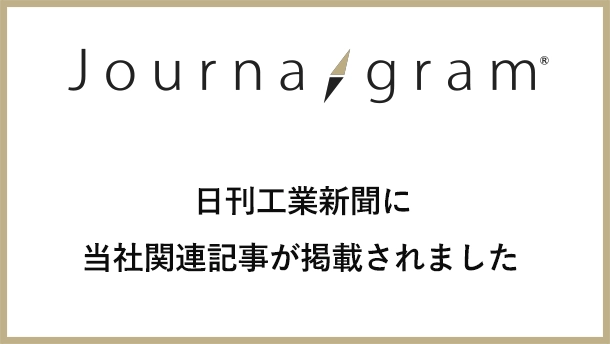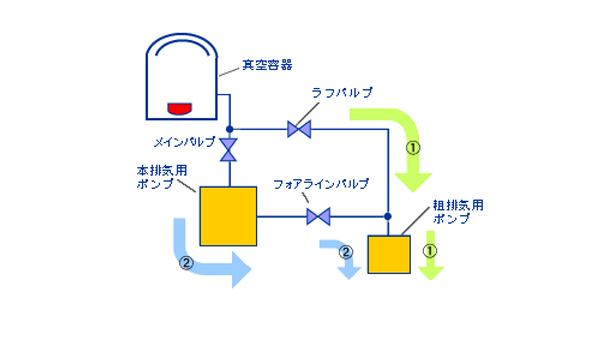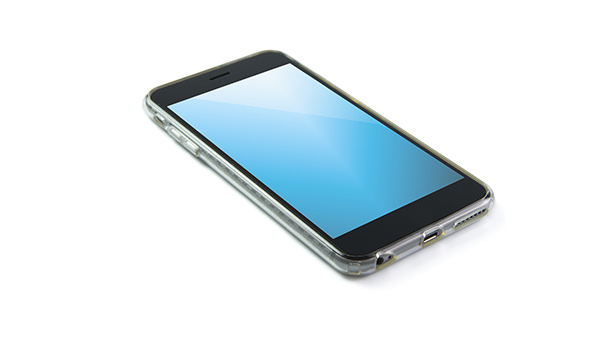身近な生活を支える真空成膜技術
デジタルカメラのレンズに、自動車のランプに―。
真空成膜装置とは、真空状態にした容器中で対象物に薄い膜をつける装置のことです。膜の厚みは対象製品によって異なりますが、だいたい0.1~数十マイクロメートルほどの薄さで、家庭用のアルミホイル(数十マイクロメートル程度)よりも薄いのです。
現在、この薄膜はさまざまな分野に活用されており、私たちの身近にもたくさん存在しています。では、どんな製品に使われ、どんな役割を果たしているのでしょうか?具体的にご紹介しましょう。
たとえば、こんなところで使われています。

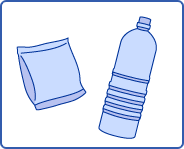
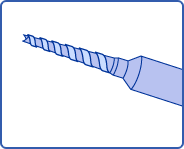
また、実際には、一種類の膜だけではなく、互いに異なる機能を持った膜を重ね合わせる場合も数多くあります。たとえば、次のような例があります。
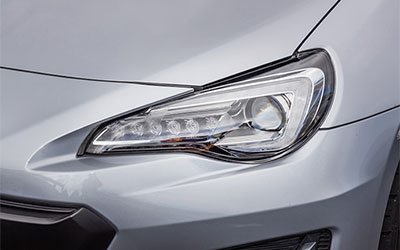

真空成膜装置と、それによって生成されるさまざまな薄膜は、今や、私たちの日常のさまざまなシーンで活躍する、なくてはならない存在となっています。
さて、次回は、この真空成膜装置によってどんな風に薄膜を生成するのか、その仕組みについてご紹介します。
テーマから探す
#社会インフラを支えています
#サステナビリティ
#パーキングシステム
#輸送
#3つの領域
#環境
#都市
#新明和グループ
#流体
#AI
#アップサイクル
#保守
#研究開発
#川西航空機
#川西機械製作所
#新規事業
#水素
#採用
#産機システム
#特装車
#航空機
#機械式駐車設備
#US-2
#真空装置
#航空旅客搭乗橋
#自動電線処理機
#環境システム
#DDモータ
#民間航空機事業
#塵芥車
#テールゲートリフタ
#飛行艇
#ダンプトラック
#リサイクルセンター
#水中ミキサ
#アームロール®
#脱着ボデートラック
#ごみ中継施設
#水中ポンプ
#XU-L
#XU-M
#甲南工場
#XU-S
#製品紹介
#エレパーク®
#ループパーク®
#US-1A改
#パックスウェイ®
#佐野工場
#US-1
#PS-1
#UF-XS
#US-2ができるまで
#マンガ暮らしを支える新明和
#お知らせ
#真空成膜のお話
#歴史
#イベント



